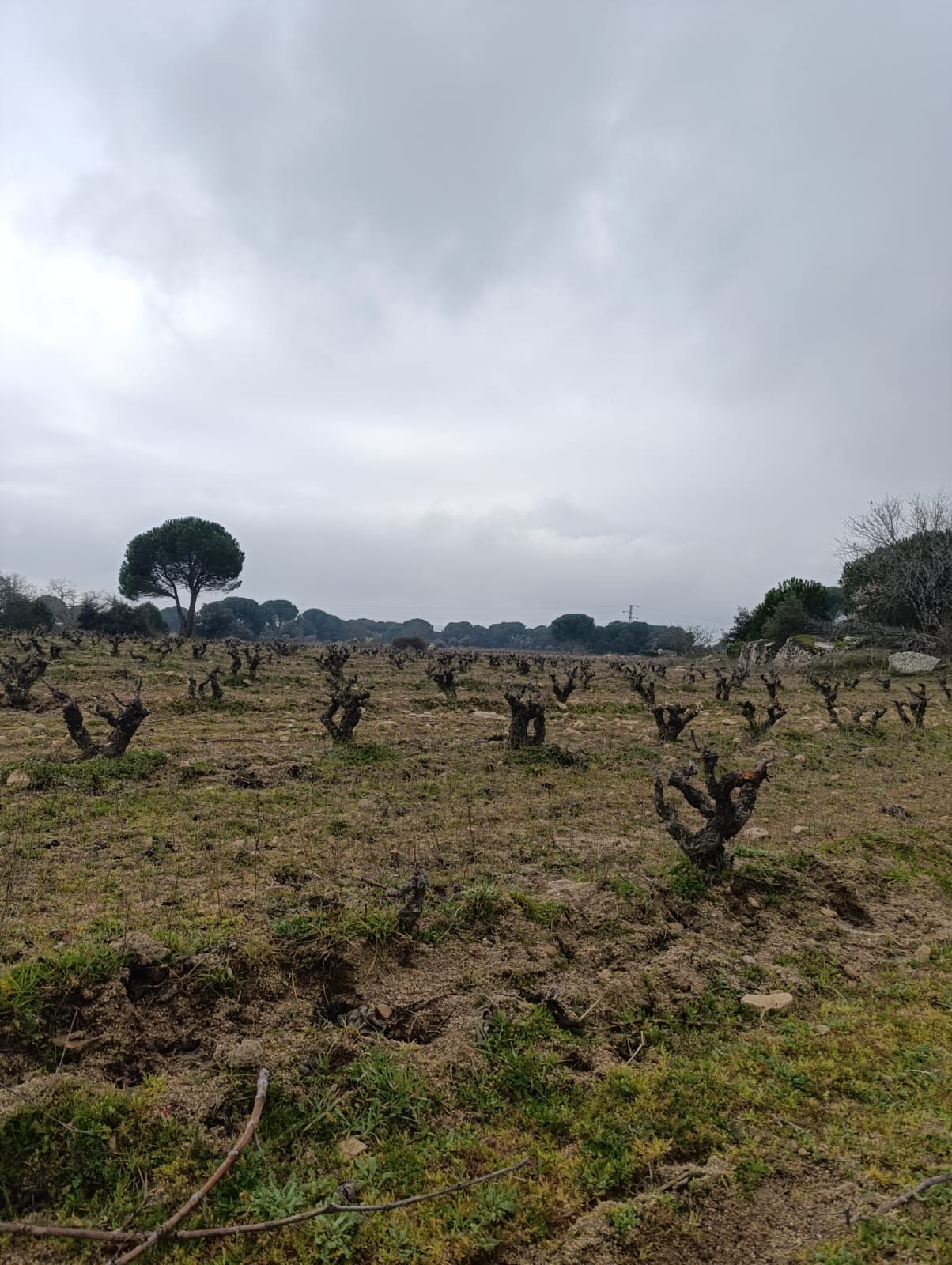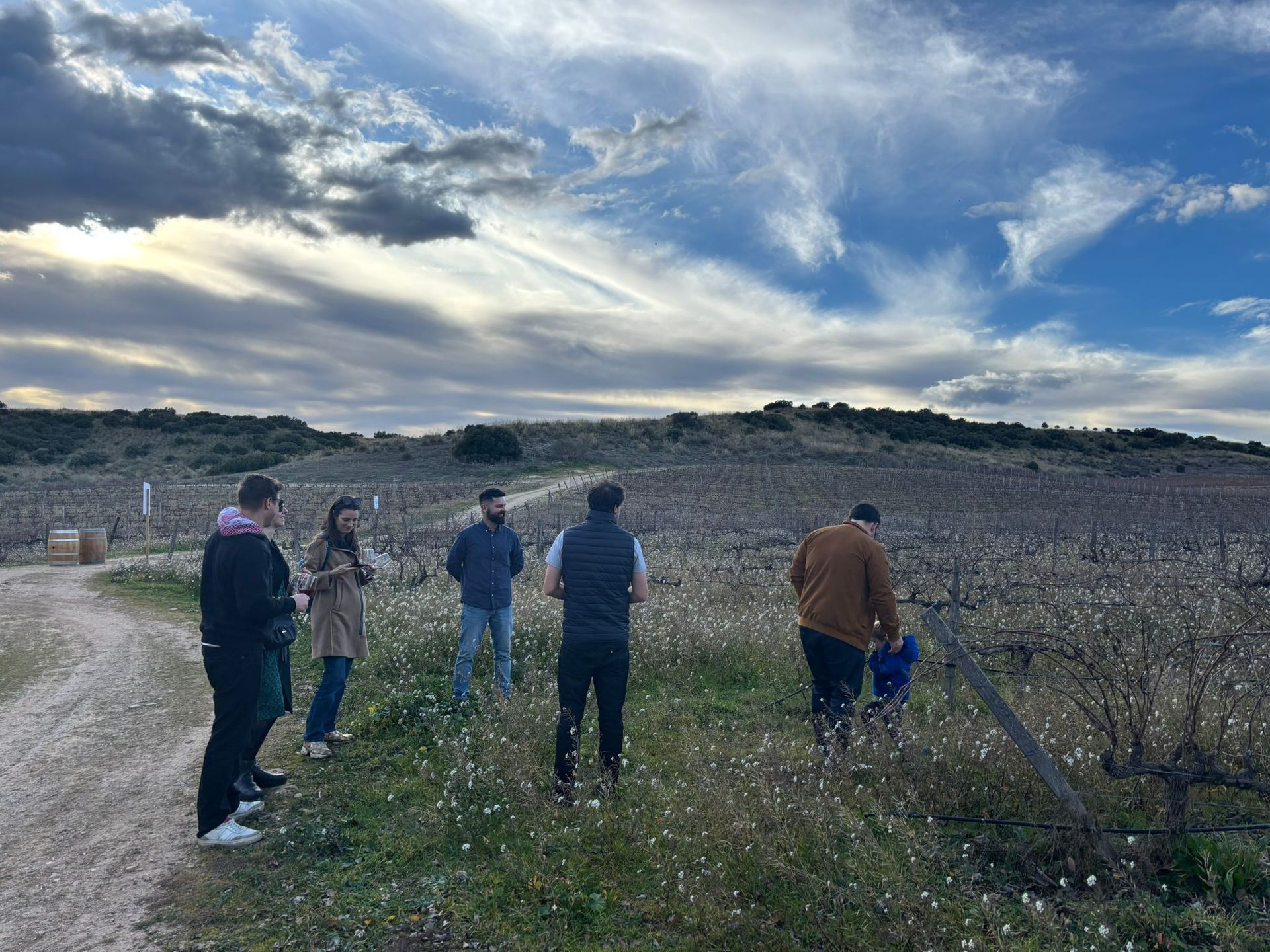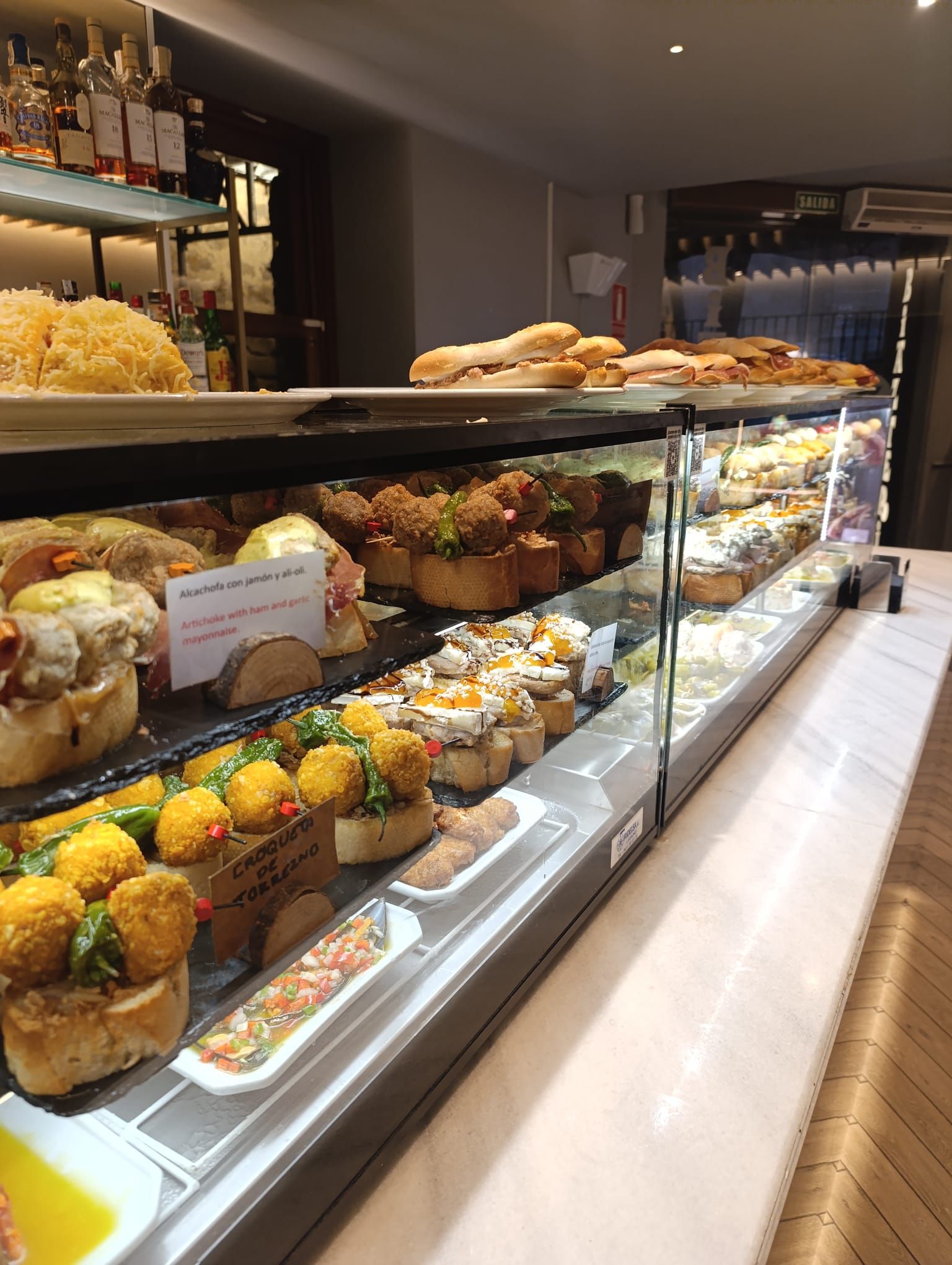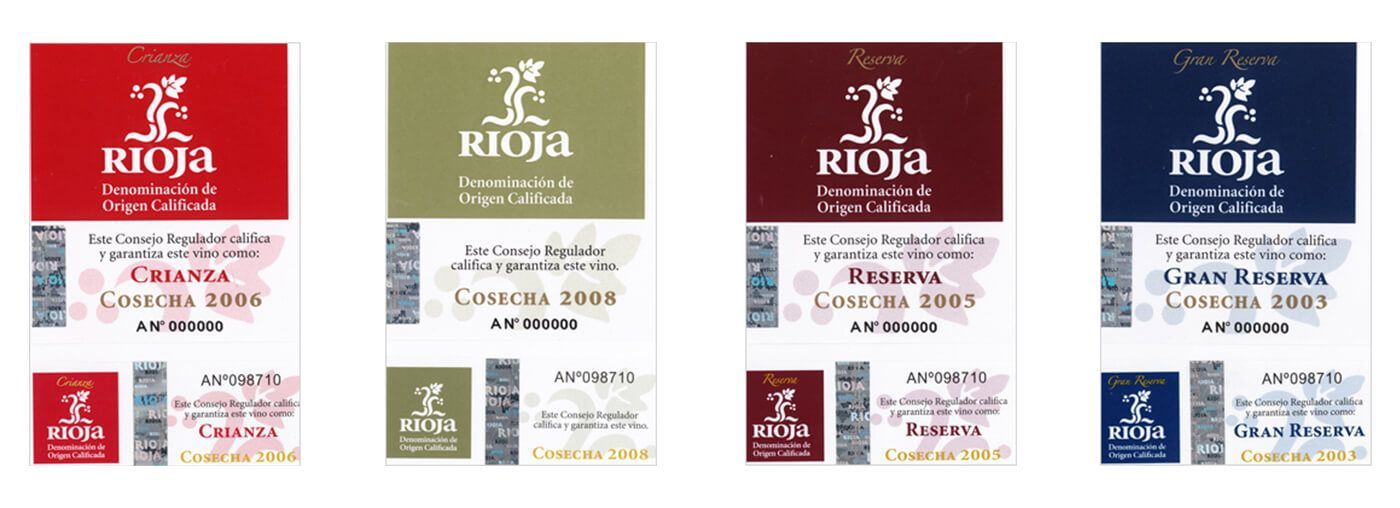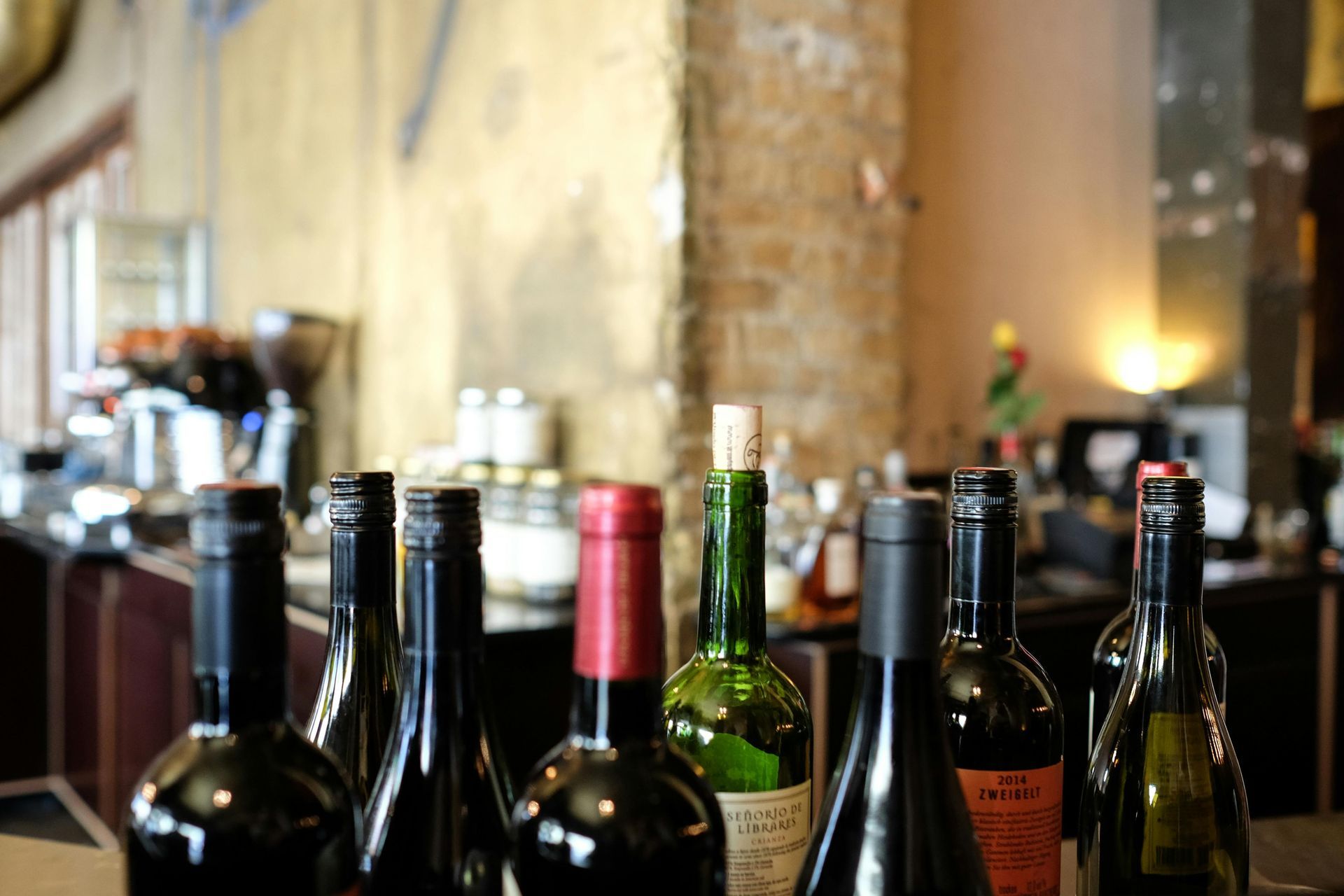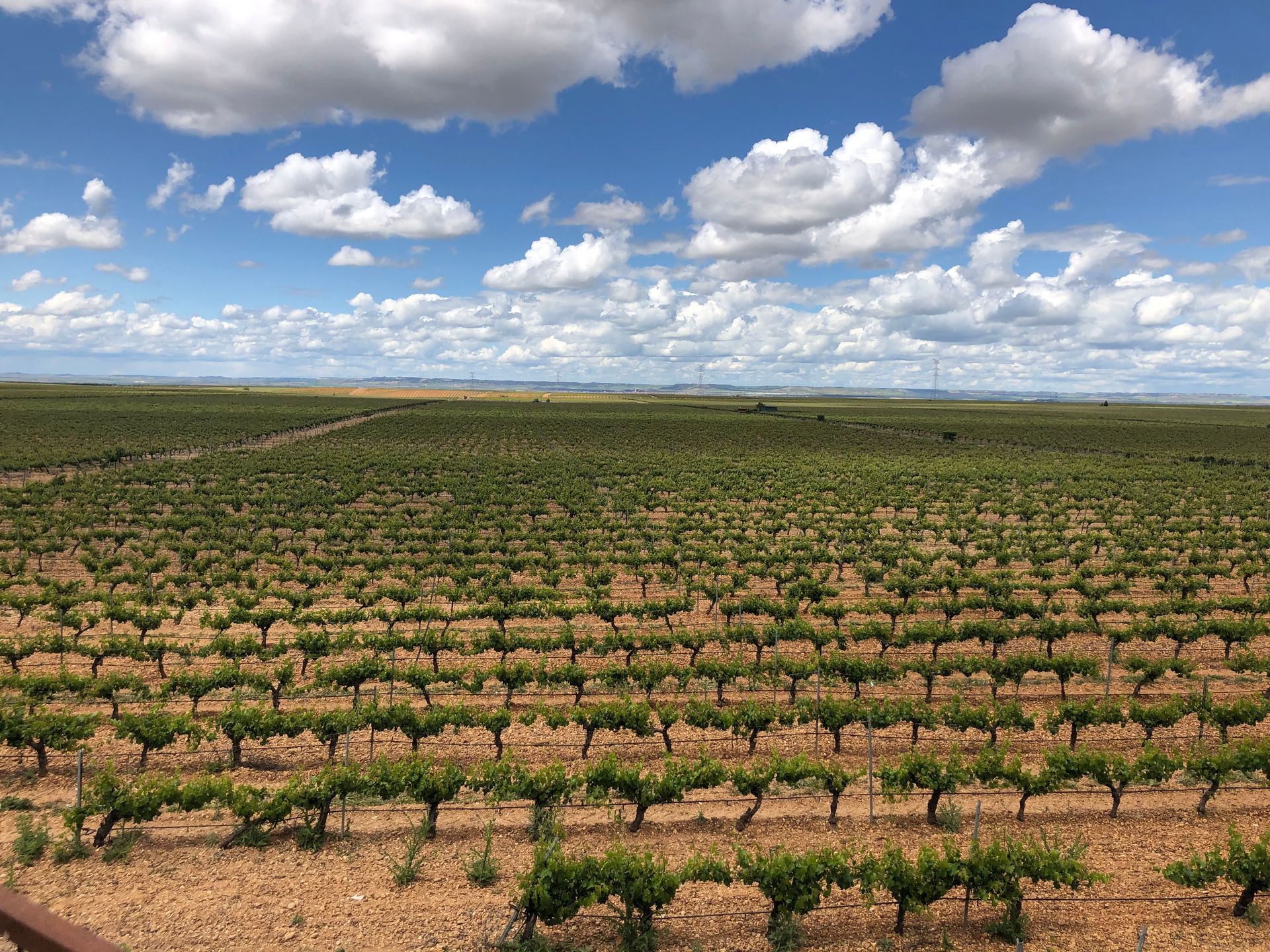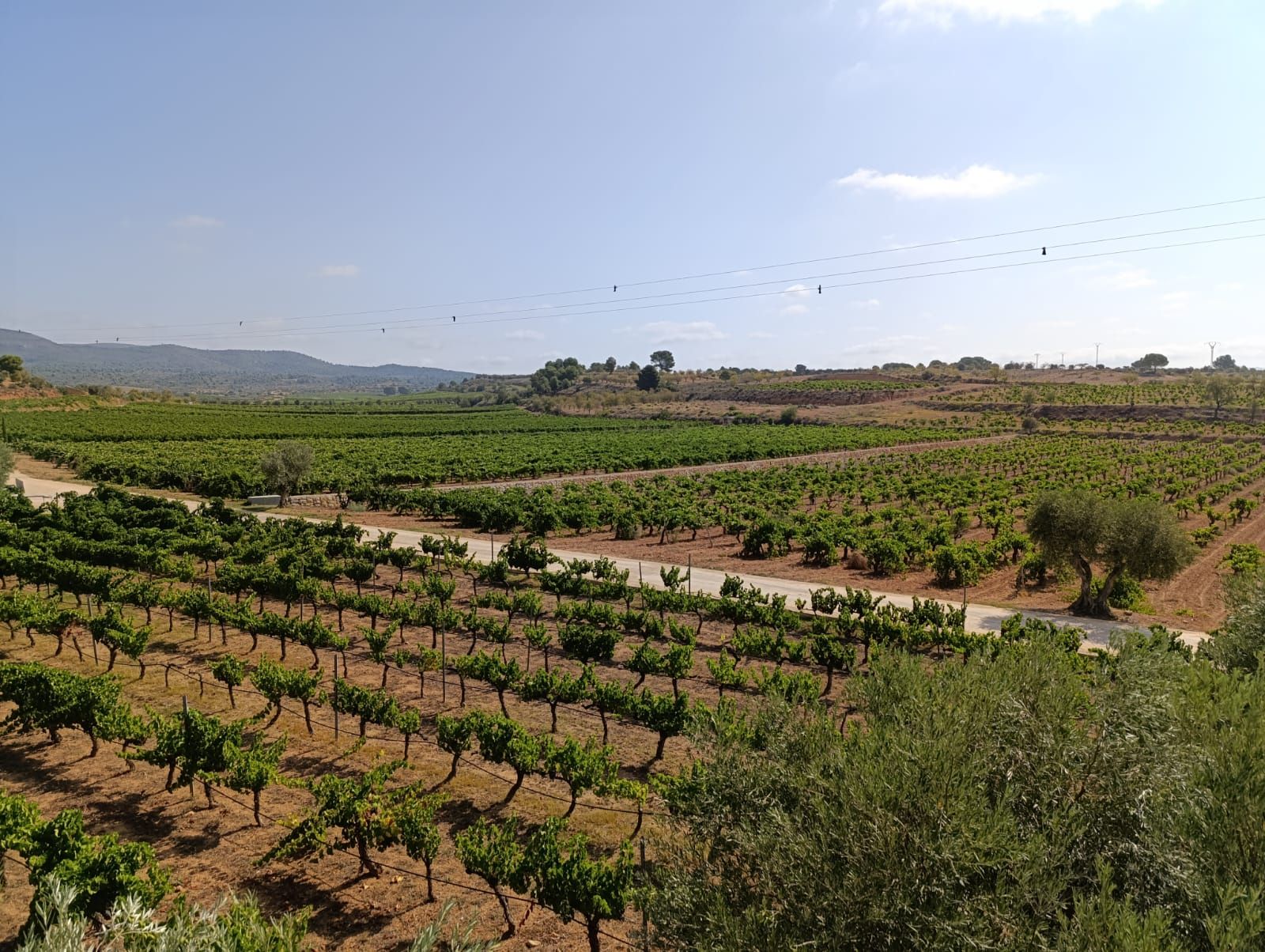Spain, before phylloxera, was a wild, tangled mess of vines with over 700 grape varieties stretching from the Basque hills to the sun-baked plains of Andalusia. It was a country of forgotten valleys and ancient terraces, of vines planted in haphazard mosaics, each plot a time capsule of local viticultural history. Winemakers worked with what the land gave them - Maturana, Trepat, Moristel, Rufete, etc. - grapes that spoke in the dialect of their terroir. Then came the great catastrophe.
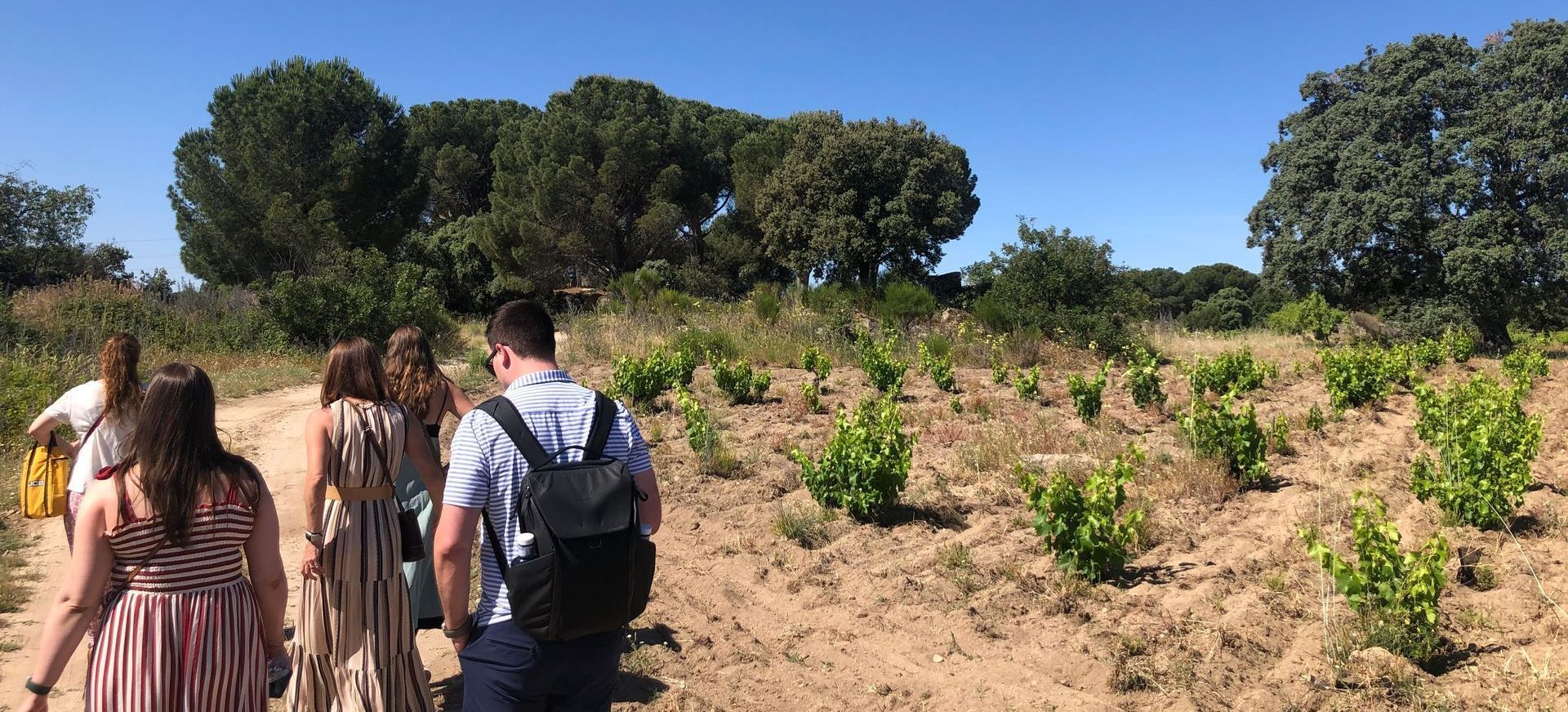
Phylloxera and the French Exodus
The bug rolled in like a biblical plague, first hitting France in the 1860s, turning vineyards to dust, fortunes to ruin. Some of the French fled south, into Spain, pockets stuffed with cuttings of Cabernet Sauvignon, Merlot & Syrah. Grapes of predictability, of commercial security. They arrived in Rioja, in Navarra, in Catalonia, bringing not just vines but barrels, cellars, and the gospel of oak ageing. Some of it was good, say, the birth of modern Rioja, the rise of Priorat while some of it erased what had been there before. When Spain itself fell to phylloxera, the solution had been found, which was grafting European vines onto American rootstocks. But in the rebuilding, something was lost. Thousands of indigenous grapes never made it back. Spain today recognises only around 150–200 varieties. The rest? Either extinct or waiting for rediscovery.
Spain’s Indigenous Grape Revival
The story could have ended there. Spain could have followed the trend, mass-planting Tempranillo, Garnacha, Airén, and the various French varieties that find themselves out of place. But something happened. A new generation of winemakers, historians, and viticultural explorers started digging - sometimes literally - through old vineyards, forgotten cuttings, and archived records. They wanted to know: what was Spain before the bug? What had we lost? And could it be brought back? The answer was yes. And here are ten grapes proving it.
1. Maturana Tinta (Rioja)
Dark, brooding, full of spice and black fruit, with a freshness that Rioja needs in a warming climate. If Tempranillo is the king of Rioja, Maturana is the exiled prince, making its long journey home. Winemaker Juan Carlos Sancha has been instrumental in preserving this nearly lost variety, ensuring it has a future in modern Rioja.
2. Trepat (Catalonia)
Once dismissed as a rosé grape, tossed into cheap blends, an afterthought. But in Conca de Barberà, Josep Foraster has been leading the charge, proving that Trepat can be serious, fresh, and elegant, with delicate red fruit and peppery notes. More winemakers are following his lead.
3. Moristel (Aragón)
A survivor of Somontano, nearly lost to bulk wine production. But winemakers like Thomas Holt at Paso Primero and Batán de Salas are reviving it, embracing its light, herbal, acid-driven style. A counterpoint to the heavy, extracted reds that once dominated the region.
4. Rufete (Castilla y León/Salamanca)
Thin-skinned, perfumed, whispering of violets and wild strawberries. Once sidelined, it’s now championed by small producers determined to showcase its elegance. Vinos La Zorra is one to watch in the revival of this grape.
5. Garnacha Peluda (Catalonia)
The ‘hairy’ Garnacha was forgotten for being too low in alcohol, too different from its more famous sibling. But in a world battling climate change, its naturally lower sugar and better acidity are making winemakers rethink their choices. Look for the wines of Franck Massard, among others.
6. Forcada (Catalonia)
Miguel Torres isn’t just a big-name producer; he’s also digging through the past. Forcada is a white grape he rediscovered and planted at high altitudes, showing bright acidity and aromatic intensity; potentially Spain’s answer to Riesling.
7. Merseguera (Valencia)
Once lost in the shadow of bulk white wines, Merseguera is staging a quiet return. Lean, saline, and crisp, it thrives in the hot Mediterranean climate without losing freshness. Bodegas Mustiguillo is making monovarietal wines with great expressions.
8. Albillo Real (Madrid/Gredos)
Hidden in field blends and never taken seriously, until recently. Winemakers in the Sierra de Gredos are treating it with the same respect as Burgundy’s finest Chardonnays. Comando G and Daniel Ramos are producing exciting wines from this variety.
9. Mantonegro (Mallorca)
Mallorca’s native Manto Negro was often considered too light, too rustic. But wineries like Ca’n Verdura are proving its worth, crafting juicy, aromatic reds that scream Mediterranean sunshine.
10. Baboso Negro (Canary Islands)
Known as Alfrocheiro in Portugal, Baboso Negro is thriving on the volcanic slopes of the Canary Islands. Viñatáigo in Tenerife produces a monovarietal expressing deep, structured reds that taste of earth, smoke, and ocean breeze.
The Future of Spanish Wine: Looking Back to Move Forward
The revival of these grapes isn’t nostalgia, it’s about survival. In an age of climate change, where high-alcohol, overripe wines are losing favour, these indigenous varieties offer balance, freshness, and a sense of place. They are the antidote to uniformity, to the globalisation of wine. Spain is rediscovering itself, one forgotten vineyard at a time. And for those of us who love wine, it’s a thrilling thing to watch.
So next time you pick up a bottle, skip the usual suspects. Find the weird, the rare, the nearly lost. There’s a whole world of Spanish wine that’s just getting started… again.
So, what are you waiting for? Book a tour with us and dive into the world of these rediscovered gems, or better yet, hit the road yourself. Uncover the wines you never knew existed and taste a world of deliciousness that’s waiting just beyond the glass. The adventure’s out there, go find it.
